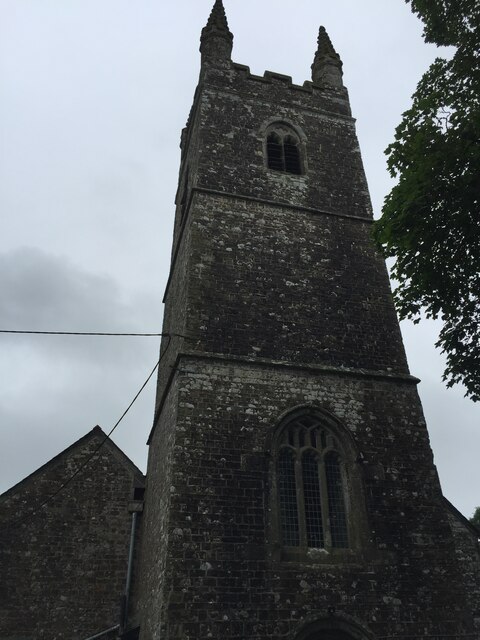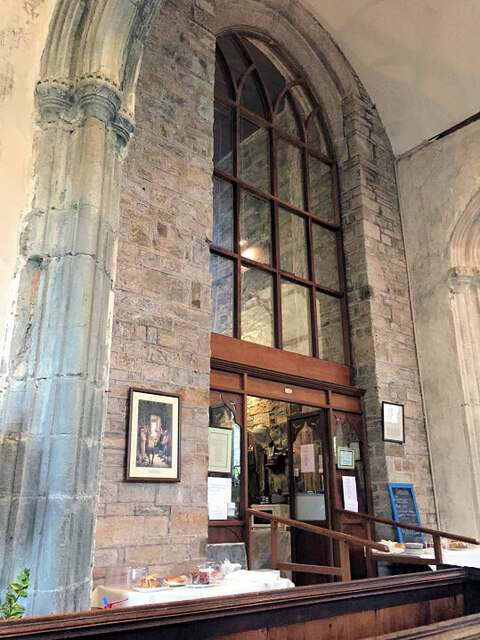Blake Wood
Wood, Forest in Cornwall
England
Blake Wood

Blake Wood is a picturesque forest located in Cornwall, England. Situated near the village of Blake, the wood covers an area of approximately 200 acres, making it a significant natural attraction in the region. The forest is characterized by its dense foliage, towering trees, and diverse wildlife.
The wood is primarily composed of deciduous trees, including oak, beech, and ash, which create a stunning canopy during the summer months. The forest floor is covered in a thick layer of moss and ferns, providing a lush and vibrant ecosystem for a variety of plant and animal species.
The air in Blake Wood is filled with the sweet scent of wildflowers, making it a popular spot for nature lovers and hikers. There are several well-maintained trails that wind through the forest, allowing visitors to explore its beauty at their own pace. These trails offer breathtaking views of the surrounding countryside and opportunities for birdwatching and wildlife spotting.
The wood is also home to a diverse range of wildlife, including deer, foxes, squirrels, and a wide array of bird species. Bird enthusiasts can spot woodpeckers, owls, and songbirds among the branches, while lucky visitors might even catch a glimpse of a rare or elusive creature.
Overall, Blake Wood offers a tranquil escape from the hustle and bustle of daily life. Its natural beauty, abundant wildlife, and well-maintained trails make it a must-visit destination for nature enthusiasts and those seeking a peaceful retreat in the heart of Cornwall.
If you have any feedback on the listing, please let us know in the comments section below.
Blake Wood Images
Images are sourced within 2km of 50.810784/-4.4798971 or Grid Reference SS2504. Thanks to Geograph Open Source API. All images are credited.






Blake Wood is located at Grid Ref: SS2504 (Lat: 50.810784, Lng: -4.4798971)
Unitary Authority: Cornwall
Police Authority: Devon and Cornwall
What 3 Words
///meatballs.recital.balanced. Near Bude, Cornwall
Nearby Locations
Related Wikis
Buttsbear Cross
Buttsbear Cross is a hamlet in the parish of Launcells, Cornwall, England. Buttsbear Cross lies on the B3254 road and is 2.7 miles (4.3 km) south-east...
Red Post
Red Post is a crossroads near Launcells in Cornwall, England. It is on the A3072 Holsworthy to Stratton road where it is crossed by the B3254 road. �...
Launcells
Launcells (Cornish: Lannseles) is a hamlet and civil parish in north-east Cornwall, England, United Kingdom. It is located 3 miles (4.8 km) east of Bude...
Launcells Cross
Launcells Cross is a hamlet in the parish of Launcells in Cornwall, England. It is on the B3254 road between Grimscott and Red Post. == References ==
Nearby Amenities
Located within 500m of 50.810784,-4.4798971Have you been to Blake Wood?
Leave your review of Blake Wood below (or comments, questions and feedback).














